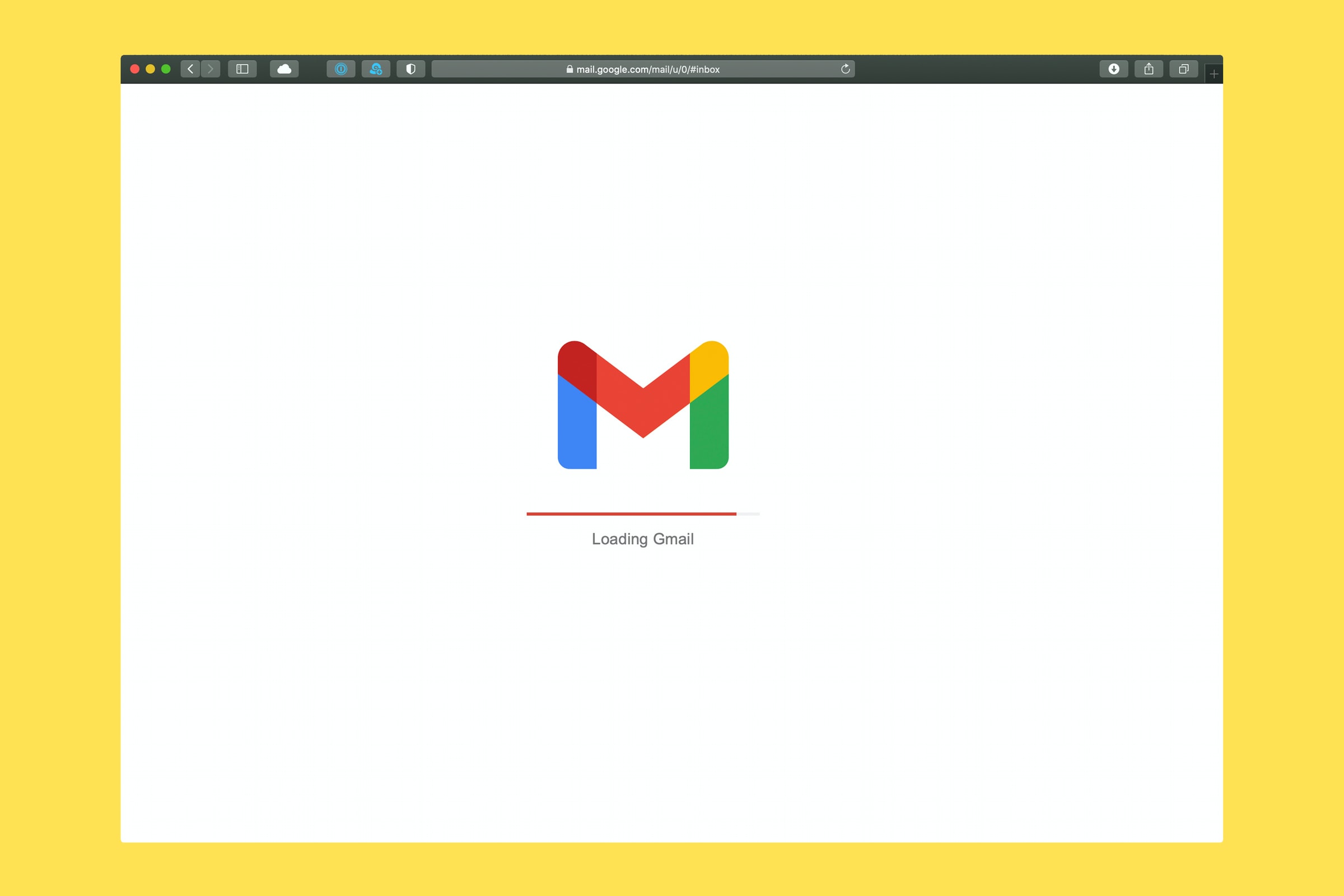Using @gmail.com for your email address is like living at someone’s house without rent and potentially being kicked out any day without warning. All your belongings inside, without any access.
One of my first jobs around 1997 was being a sysadmin and managing email
servers, writing sendmail.cf configuration files without M4, and I should
have known better.
Someone who used Gmail for over 10 years recently got locked out without explanation. When all services you use, tools, and all your life are connected to your @gmail.com address, you can imagine how much of a nightmare scenario this is.
“It feels like getting baited by all the convenience that Google offers, only for Google to use your data as it pleases and possibly takes it all away with no prior notice.”
Gmail has been here for so long it’s hard to imagine they can take it away from you just as quickly. And good luck to get it back once that happens… Therefore I highly recommend using their Takeout feature to back up all your data and move away from using their domain @gmail.com in your email address.
The unit of Internet space ownership is the domain name, get yours now.
I also use my @gmail.com too much because it’s easy, and its spam filtering is so good. But I’ve reconsidered it, moved away, and use a non-public address on my own domain when registering for new services. The following is a detail of what I did and what I used to implement it.
Email portability
Mobile phone numbers are so critical to everyday life that France has a law allowing you to keep your phone number using a Relevé d’identité opérateur (carrier identity number) when changing carrier. This service must be provided free of charge.
Email addresses are essential, and portability is as key for them as for phone numbers. But you can’t keep the same address when switching from one provider to another. Once you start using something@gmail.com, it is painful to move to a new one as you have to change it on every service you use, confirming each one, one by one.
@dhh says Hey! will forward your email for life once you paid for the first year. That should be mandatory for all providers, so you don’t have this Gmail life single point of failure. It’s best to own your own domain name, but this is a lesser evil than most other email providers.
I believe email providers should be legally obliged to forward your email address for life to a new email address. A routing system similar to RIO preventing the old provider from having to forward them to the new one would be best, but this is not technically possible with the SMTP Protocol.
Some people went as far as De-Googling their life completely with success.
My current email setup
I created my hey account for both making sure fabienAThey.com would be mine if I ever wanted to use it, and for trying it after viewing this video about the service. Some of the features really make sense, like editing email subjects after you received them or grouping multiple threads, but I still prefer classic email interfaces.
After looking at a few options, I opted for Fastmail for their pricing, security disclaimer, and overall good reputation. I used Kolab for years but decided to move away. I also quickly tried Zoho but had a bad experience with their UI trying to set things up.
I also used FM import feature to get all my old emails from Kolab back to FM.
I enabled catch-all emails on FM, meaning any email to my domain is redirected to me. Anywhere I register, I use a different email address based on the service’s name (service@my_domain_com). I can easily set specific filters like anything sent to service@mydomain goes to its folder and skip the inbox, or find who resell my email.
It used to be a real pain to do that, but the password manager included in Safari (or 1Password) now remembers which email you used to register to a service. You don’t have to remember that yourself anymore.
I added a server filter. Anything matching /unsubscribe/ goes to a specific /unsub/ folder and skip the inbox. All newsletters usually get caught in this. I enabled server-side spam filtering on FM and installed Spamsieve on my laptop for a local bayesian filter, moving detected spam to a Junk folder.
I use Mailmate to read emails, which is by far the best email client I ever found on macOS (a long way from Linux and in order Elm, Pine, Mutt, Gnus). I now remember why I started using Gmail… Because I was coming from those MUA!
